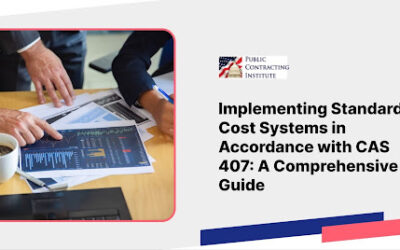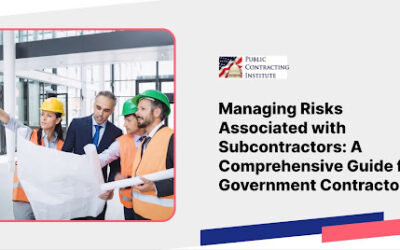Sand Point Services, LLC brought two claims before the Armed Services Board of Contract Appeals, both involving modifications and asserting duress. Sand Point Servs., LLC, ASBCA Nos. 61819, 61820, January 4, 2024. The first modification for certain “punch list work,” will not be discussed here. However, the second modification turned on whether Modification No. 2, which released the agency from a differing site conditions claim, was entered into by Sand Point under duress, as asserted by the contractor.
Asserting Duress in a Government Contract
The National Aeronautics and Space Administration contracted with Sand Point for removal and replacement of an aircraft parking apron at the NASA/Goddard Space Flight Center in Virginia. In Modification No. 2 Sand Point released the government from any and all liability for certain alleged differing site conditions. In leading up to Mod. 2, NASA informed Sand Point that it was considering termination of the contract because Sand Point had failed to perform the work within the time required by the contract. Sand Point signed Mod. 2 on September 16, 2015. Later, on Oct. 27, 2017, Sand Point raised for the first time its claim that it had entered into Mod. 2 under duress.
In order to prove that it entered Mod 2 under duress, the Board noted that Sand Point must prove that it agreed to the mod as a result of a wrongful act on NASA’s part—that is—something (1) illegal, (2) a breach of an express provision of the contract without a good faith belief that the action was permissible under the contract, or (3) a breach of the implied covenant of good faith and fair dealing.
Sand Point’s only significant argument was that “not signing would have meant termination for default and disqualification from future federal contracts, spelling economic ruin for Sand Point.
The Board noted that NASA had informed the contractor that it might terminate the contract for untimely performance, but the contract contained a termination clause permitting such a termination for default. The Board also stated that “economic pressure and even the threat of considerable financial loss are not duress.” The Board noted that Sand Point had negotiated the terms of Modification 2, and had evidently entered into the mod voluntarily.
Finally, the Board noted that if a contractor relies on duress to avoid its contract, the contractor must repudiate that contract promptly or at least within a reasonable time after it ceases to be vulnerable to the asserted duress. Sand Point waited 772 days to claim it had signed under duress after signifying Mod. 2. Sand Point’s two years of silence and inaction negated the duress. Also, there was no evidence offered by Sand Point that the NASA officials acted in bad faith.
Takeaway. Asserting duress is difficult for a contractor because it has a high burden of proof, and the contractor must raise the duress issue in a timely manner.
For other helpful suggestions on government contracting, visit:
Richard D. Lieberman’s FAR Consulting & Training at https://www.richarddlieberman.com/, and Mistakes in Government Contracting at https://richarddlieberman.wixsite.com/mistakes.
Learn more about contract drafting by reading:



